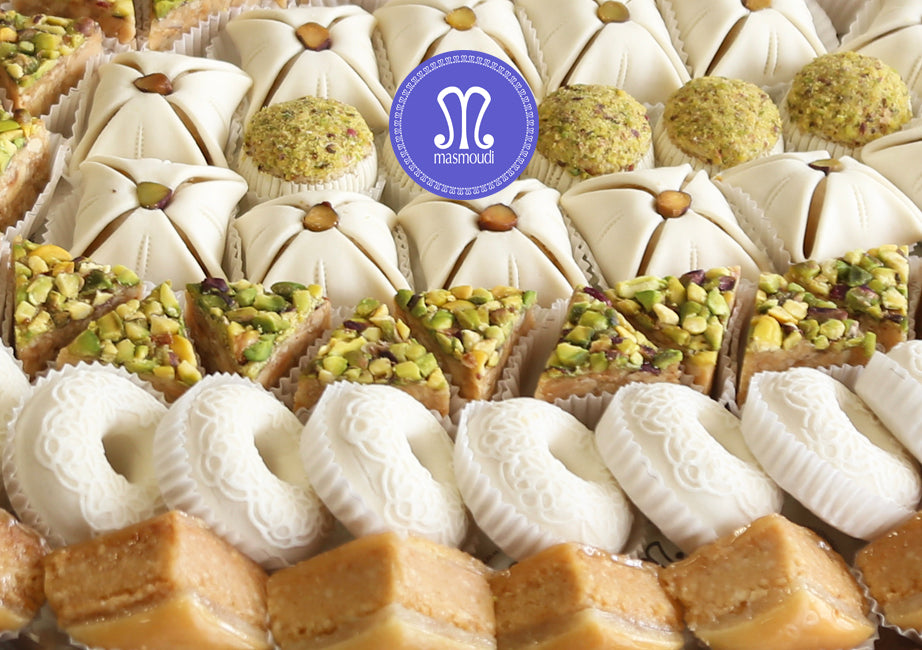Tunisian sweets, also known as "gâteaux tunisiens," have a rich and diverse history that spans centuries. They have evolved over time, incorporating various cultural and religious influences into their ingredients and preparation methods.
One of the most prominent sweet traditions in Tunisia is the use of honey and almonds. These ingredients are said to have been brought to the country by the Moors during their occupation in the 8th century. Honey was widely used as a sweetener, while almonds were prized for their delicate flavor and versatility.
Another major influence on Tunisian sweets was the French colonization in the late 19th century. The French introduced many new ingredients and techniques, such as cream, butter, and sugar, which were incorporated into traditional recipes to create new, more elaborate desserts.
One of the most famous Tunisian sweets is "baklava," a flaky pastry filled with nuts and sweetened with honey syrup. This dish is said to have originated in the Ottoman Empire and was brought to Tunisia by Turkish soldiers and traders. Today, baklava remains a popular sweet, especially during the month of Ramadan.
Another popular sweet is "ka'ak," a traditional biscuit made from semolina and sprinkled with sesame seeds. This biscuit is often served with coffee or tea, and is a staple of Tunisian cuisine.
The tradition of making sweets in Tunisia is deeply rooted in the culture and is often passed down from generation to generation. Many families have their own unique recipes, passed down through the ages, which they use to make sweets for special occasions and celebrations.
In conclusion, the history of Tunisian sweets is a rich and diverse tapestry, reflecting the many cultural and religious influences that have shaped the country over the centuries. From the use of honey and almonds to the introduction of new ingredients by the French, these sweets remain a beloved part of Tunisian culture and are enjoyed by people of all ages.


